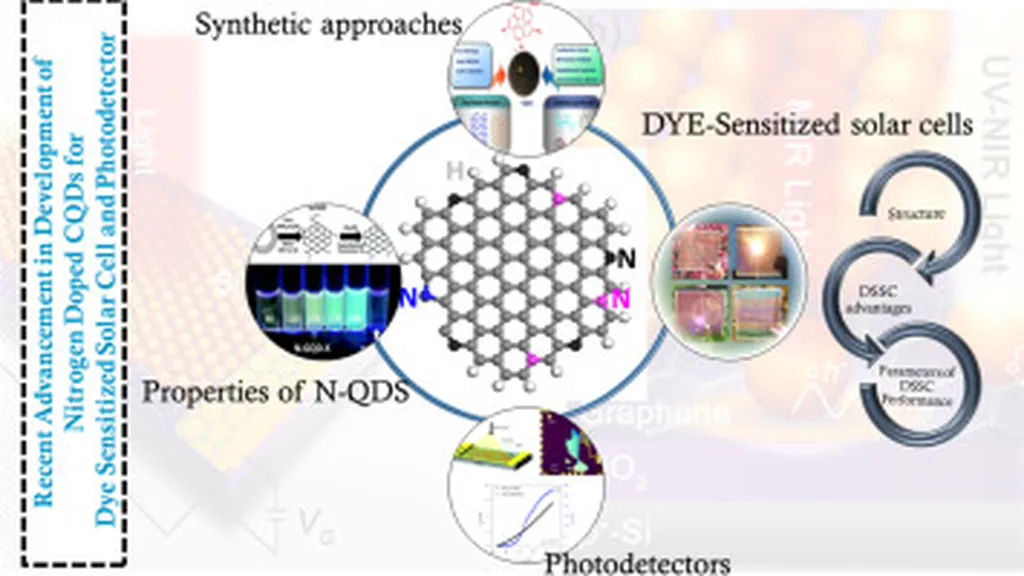Researchers from the University of Bayreuth in Germany have published a study in the Journal of Physical Chemistry C that explores ways to enhance charge transfer in organic dyes, which could have significant implications for the development of more efficient dye-sensitized solar cells.
The team, led by Ram Dhari Pandey and including Marta Galynska, Katharina Boguslawski, and Pawel Tecmer, utilized a computational approach to investigate charge transfer in a series of newly designed carbazole-based organic dyes. The researchers focused on the bridge, or “pi-linker,” component of the dyes, which connects the donor and acceptor parts. They introduced nitrogen, oxygen, and sulfur atoms at different positions in the bridge to create mono-, di-, and tri-doped variants.
The study found that increasing the degree of nitrogen or oxygen doping from mono- to di- to tri-doped systems progressively enhanced charge transfer. For mono-doped dyes, the most effective charge transfer occurred when a heteroatom was placed in the terminal ring of the bridge, closer to the acceptor. In di-doped dyes, the largest forward charge transfer was observed when heteroatoms occupied both terminal positions, with one atom adjacent to the donor and the other near the acceptor. Nitrogen-doped systems consistently outperformed their oxygen and sulfur counterparts.
Among all variants, the organic dye doped with three nitrogen atoms in the bridge exhibited the most efficient and highest directional donor-to-acceptor charge transfer, making it a promising candidate for potential applications in dye-sensitized solar cells. The researchers also noted that their calculations predicted weak charge separation in all systems, indicating that charge transfer predominantly occurs from the bridge to the acceptor.
This research provides valuable insights into the design of organic dyes for solar energy applications. By tuning the bridge component with specific heteroatoms, it is possible to enhance charge transfer and potentially improve the efficiency of dye-sensitized solar cells. The findings could guide future efforts in developing more effective and sustainable energy solutions.
This article is based on research available at arXiv.

